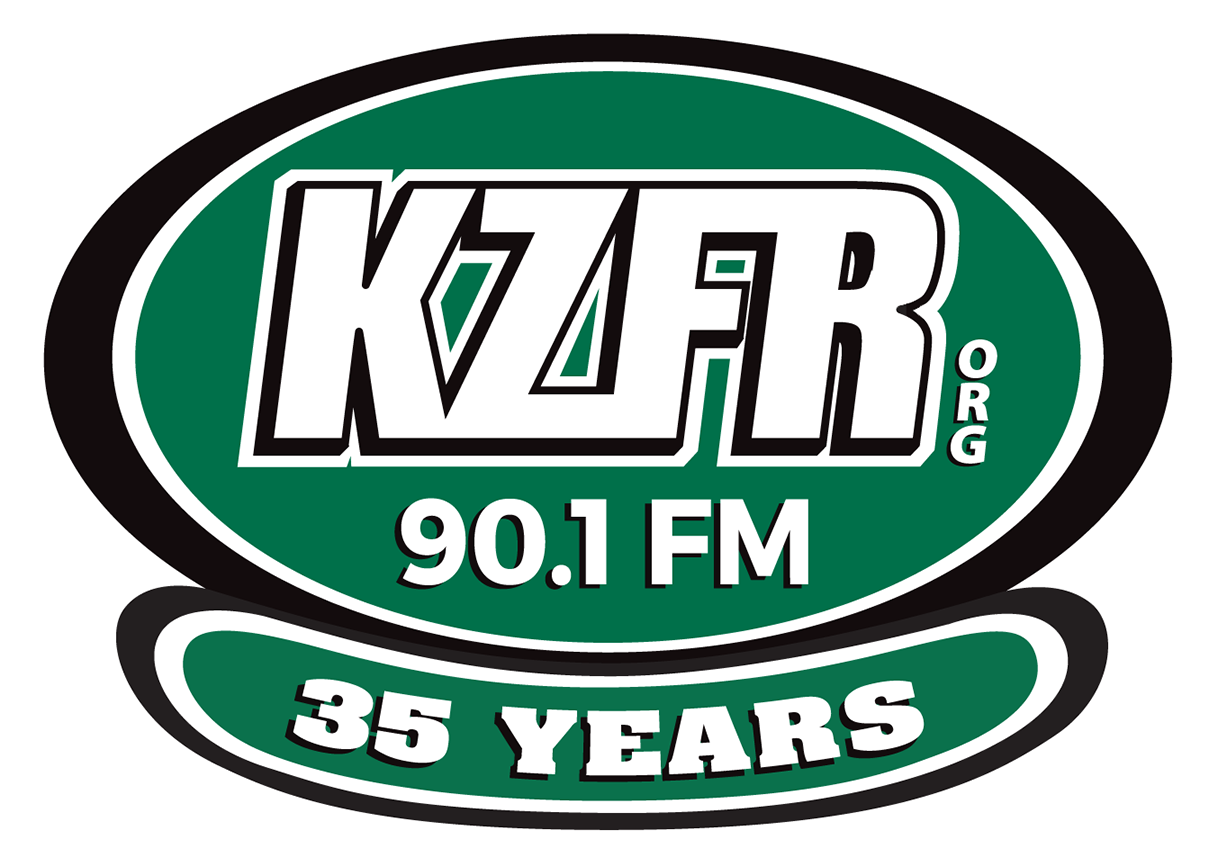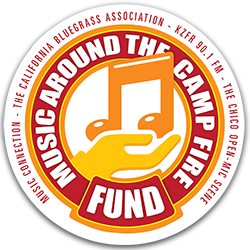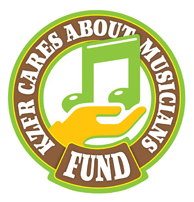In parts of the American south there is an old saying that at the end of a man’s
life, when it comes time to cross over to the other side, he comes to a bridge.
On that bridge he’ll find all the dogs that he’s known and they’ll be the ones who determine
whether the man deserves to make it to the other side or not. Clearly this bit of southern
folklore illustrates the importance and respect that rural people place upon their dogs.
Another southern tribute to faithful work dogs is the folksong “Old Dog Blue” aka “Old Blue.”
Today “Old Blue” is performed primarily by country and bluegrass musicians but the earliest known versions of the song were collected by folklorists in 1909 and the examples all came from African-American performers. When N.I. White’s book, “American Negro Folk Songs” was published in 1928 it included a version of “Old Blue.” The musical structure and style of the song, and some lyric references - such as a female character wearing red, the “mourning color” in African-American culture - clearly indicates that it comes from the African-American musical tradition and dates to the 19th century.
Back then only the very wealthy had dogs as house pets. The rural labor class had canines that provided economic benefits to the family; by protecting and working the livestock or by hunting, and the bond between a working family and their working dog was as strong as steel.
With its roots in the 19th century “Old Blue” is not a song about a house pet. It’s about a family’s working dog, not a shepherding dog but a hound or coon dog. All versions of the collected tune refer to the hunting and treeing of raccoons or possum, an important economic activity back then due to the market for pelts which could augment a family's income. Every version of the song expresses the deep respect and affection that the master has for his canine work mate and partner. In some versions the pathos of the storyline is intensified by the death of the master’s spouse which leaves him with a farm and only his dog as a helpmate. All versions of the song lament Blue’s death, and express the hope that when it’s the master’s time to cross that bridge, he’ll receive his heavenly reward and it will include a reunion with his dog.
“When I get to heaven first thing I
gonna do….is grab a horn and call for Blue.”
The appreciation of a good dog transcends ethnicity and race so it’s no surprise that the song found its way into the repertoires of white musicians. Most likely it crossed the racial divide from the stages of medicine shows; those traveling entertainers and salesmen who criss-crossed the south performing in towns and work camps in front of integrated audiences.
Memphis-based guitar players Jim Jackson (1884-1937) and Furry Lewis (1893-1981) performed the song throughout their long careers. Both were medicine and minstrel show performers in the early 20th century. On a 1960’s recording of a live performance Furry is heard explaining that during his minstrel show days he played the guitar on “Old Blue” as if it were a banjo. He probably learned the tune from a 5-string banjo player, someone like Dink Roberts (1894-1989) an old-time African-American picker from Haw River, North Carolina who also performed the song. Jim Jackson made the earliest known recording of “Old Dog Blue” in 1928 - and his record showed up later on Harry Smith's Anthology of American Folk Music which reintroduced it to folk music community and then to the bluegrass and country music world.
“Old Blue” on American Pastimes: Dink Roberts, Jim Jackson, Anne Hills, The Panhandle Polecats, Johnny Duncan, and The Byrds.
Accurate Playlist:
Joe Weed & the Vultures “Alley Cat”
The Wilders “When I Get to Heaven”
The Wailing Jennys “Glory Bound”
Molasses Creek “Weeping Willow Blues”
Crooked Still “Captain, Captain”
Old Salt Union “Flatt Baroque”
John Fahey Orchestra “Boodle Am Shake”
Aiken County String Band “Charleston Rag” 1927
Carolina Tar Heels “Rude & Rambling Man” 1929
The Crook Brothers String Band “My Wife Died on Friday Night” 1929
Roger McGuinn & Pete Seeger “Alabama Bound”
Tennessee Ramblers “Preacher Got Drunk and Laid His Bible Down” 1929
Larry Cordle & Lonesome Standard Time “Sweet Home Alabama”
Blind Willie Johnson “Jesus is Coming” 1928
Elder Curry “Memphis Flu” 1931
Jimmie Rodgers “TB Blues” 1931
Old Crow Medicine Show “Quarantined”
Curtis McPeake & Andy May “Steel Driving Man”
Ken & Brad Kolodner “Red Rocking Chair”
Hartford, Rice, Clements “My Baby’s Gone”
J.D. Crowe “Portrait of the Blues”
Eliza Meyer “Hello Stranger”
Eliza Meyer “Working Girl Blues”
Norman & Nancy Blake “Thebes”
Dink Roberts “Old Blue”
Jim Jackson “Old Dog Blue” 1928
Ann Hills “Old Blue”
The Panhandle Polecats “Old Blue”
Johnny Duncan & the Tennessee Bluegrass Boys “Old Blue”
The Byrds “Old Blue”
High Fidelity “South Bound Train”
High Fidelity “Feudin’ Banjos”
Tommy Emmanuel & Billy Strings “Working Man’s Blues”
Chance McCoy & the Appalachian String Band “Dance All Night with a Bottle in Your Hand”
Chance McCoy & the Appalachian String Band “Gospel Plow”
Chance McCoy & the Appalachian String Band “Waynesboro”
The Freight Hoppers “How Many Biscuits Can You Eat This Morning”
The Freight Hoppers “Texas Gals”
Highwoods String Band “Hop Along Peter”















